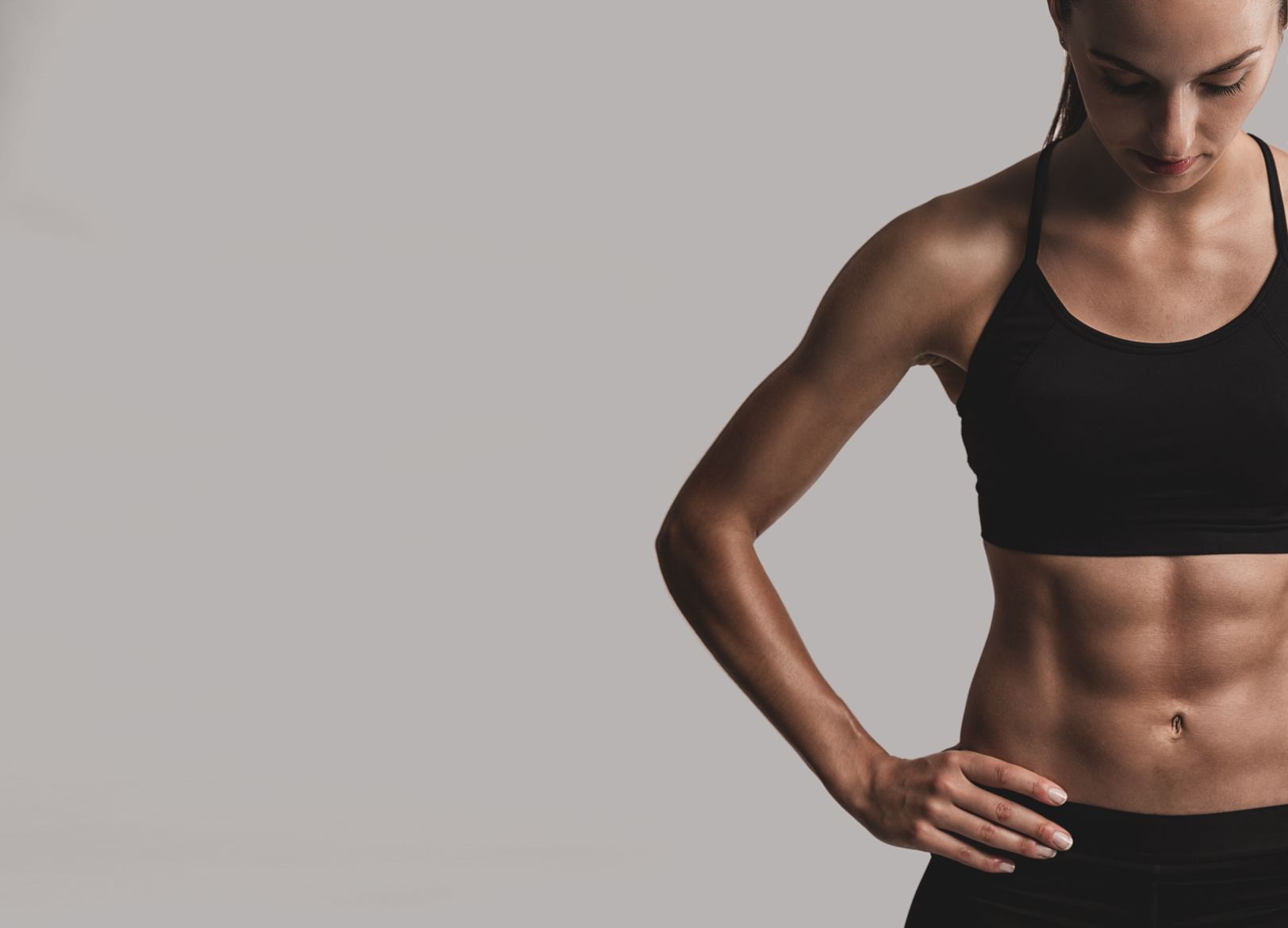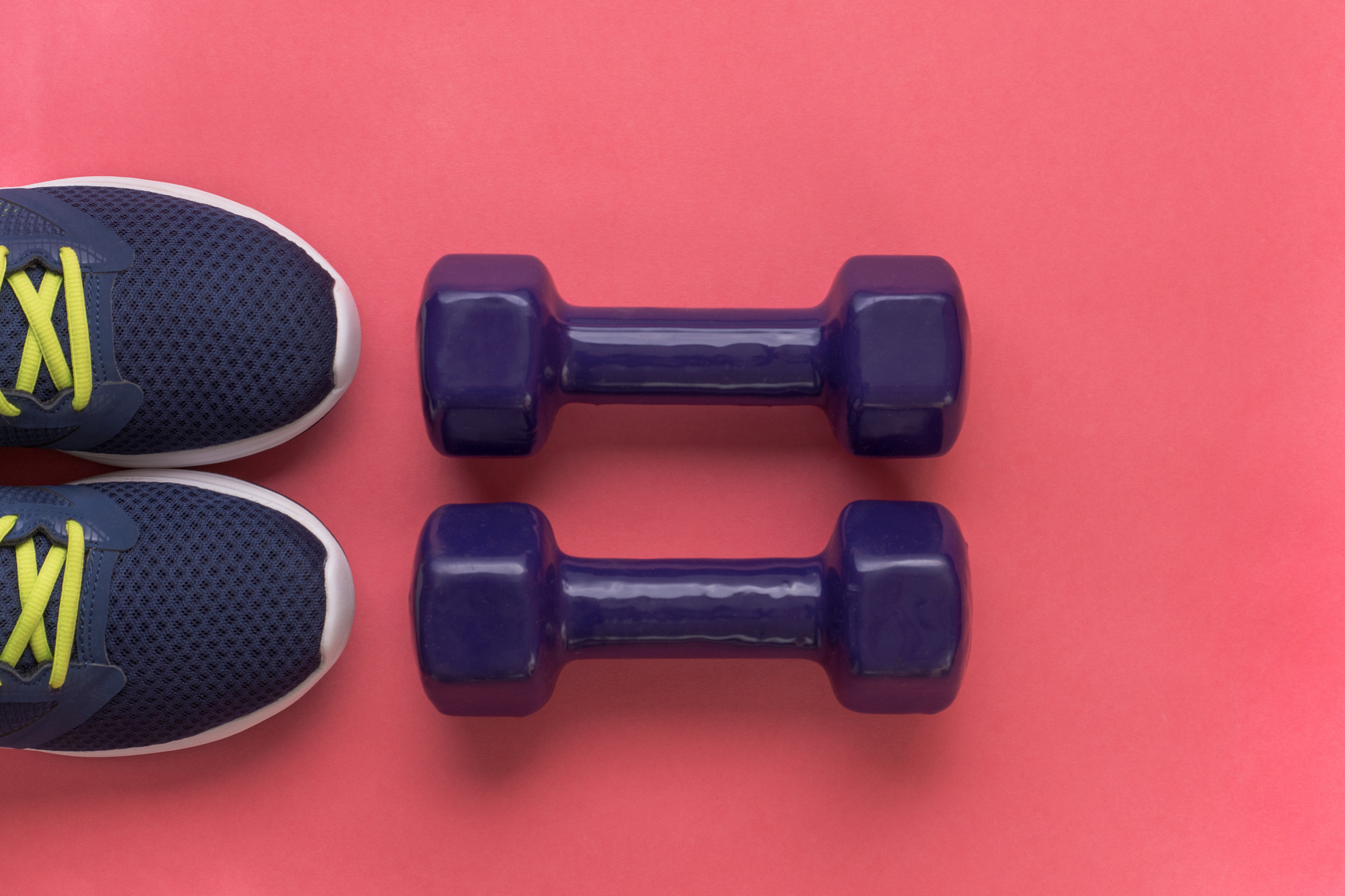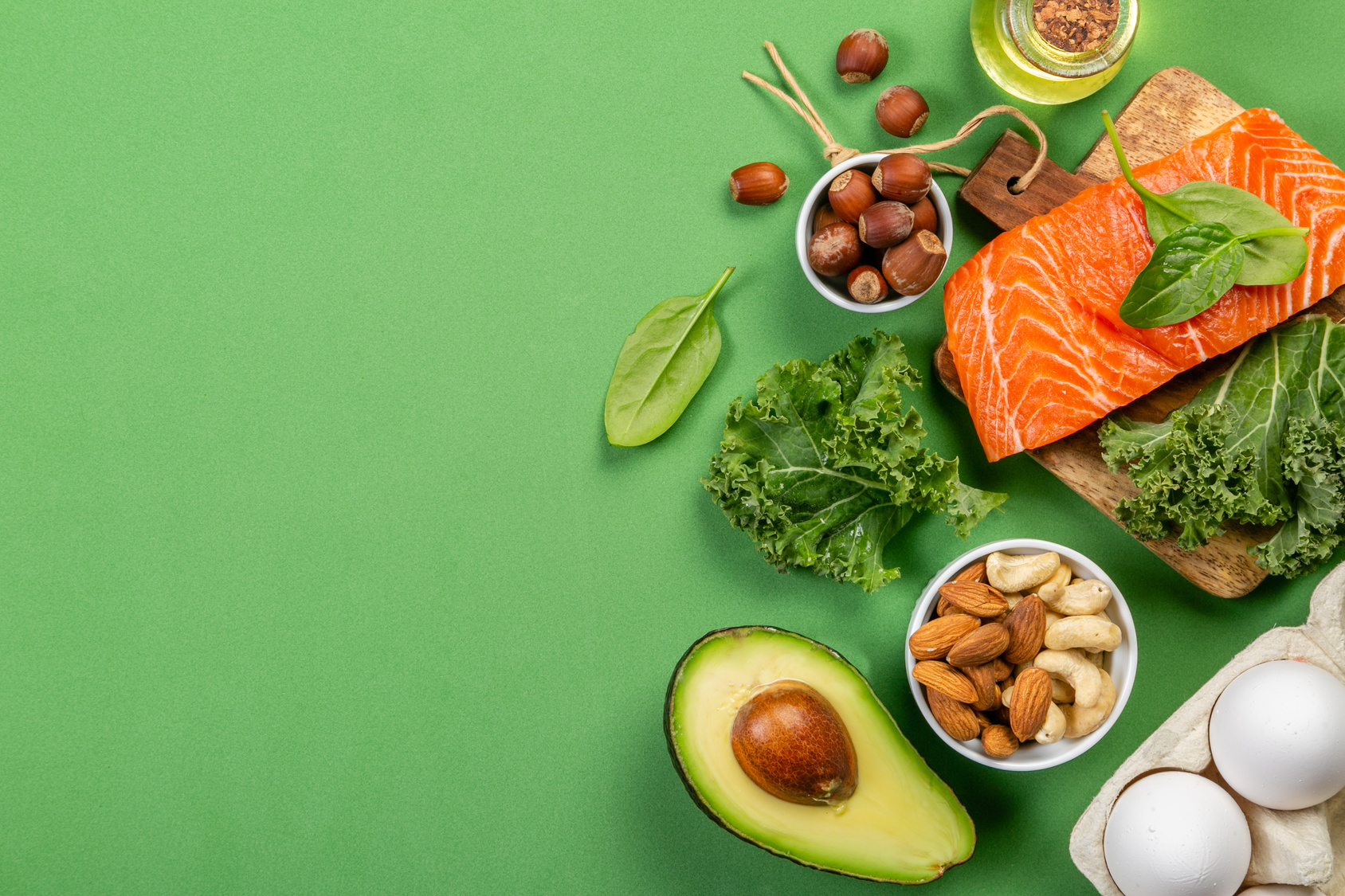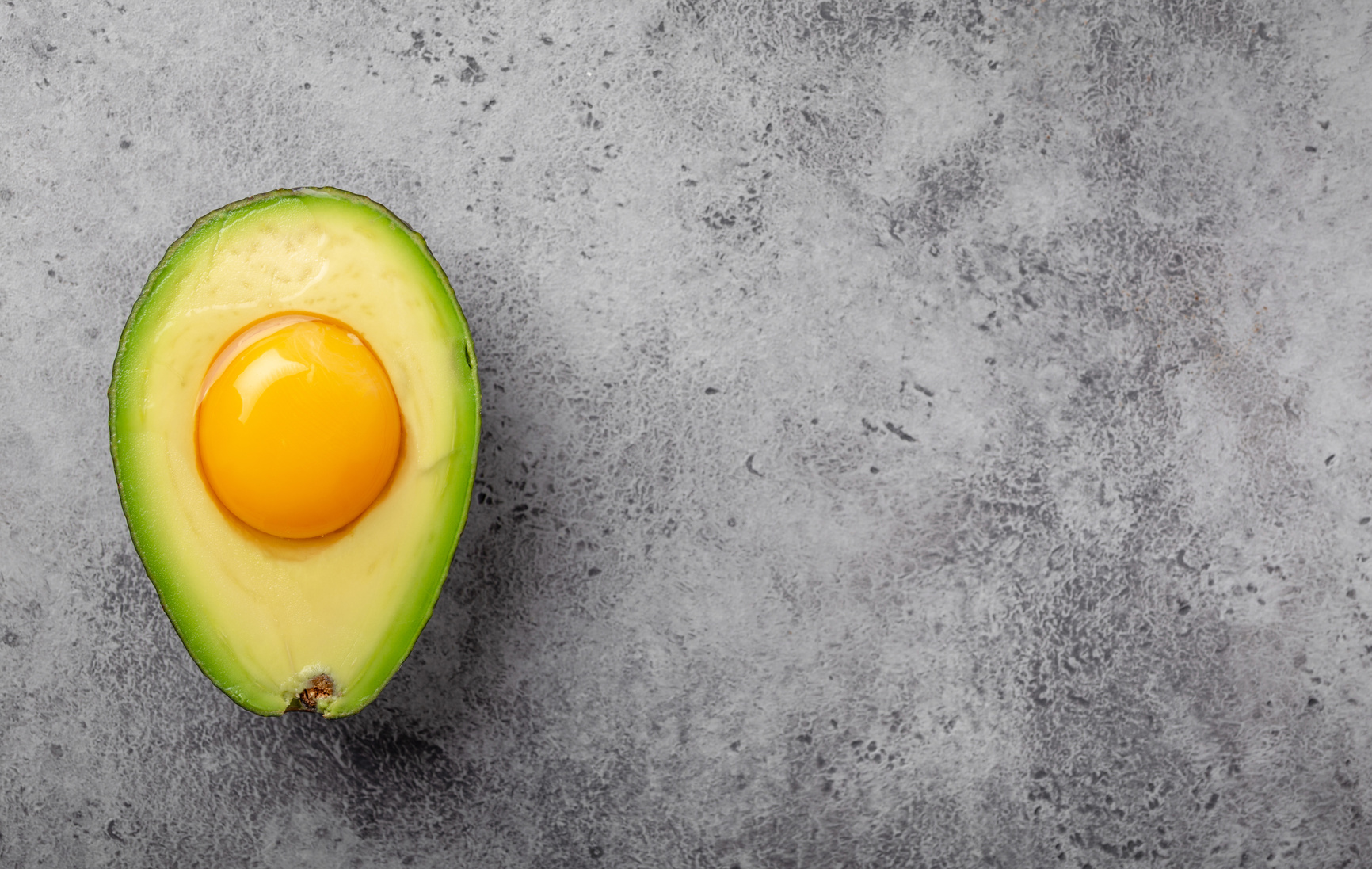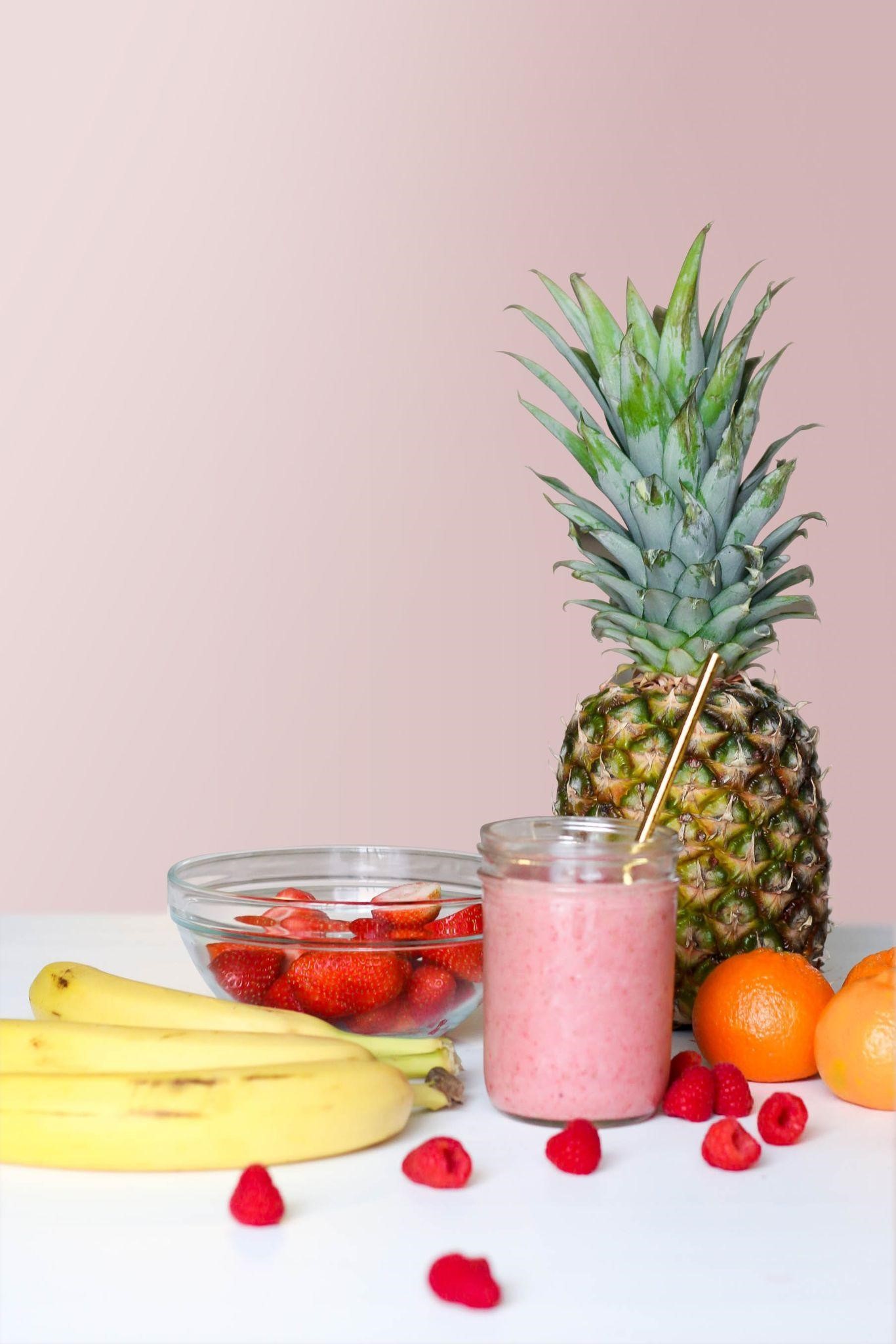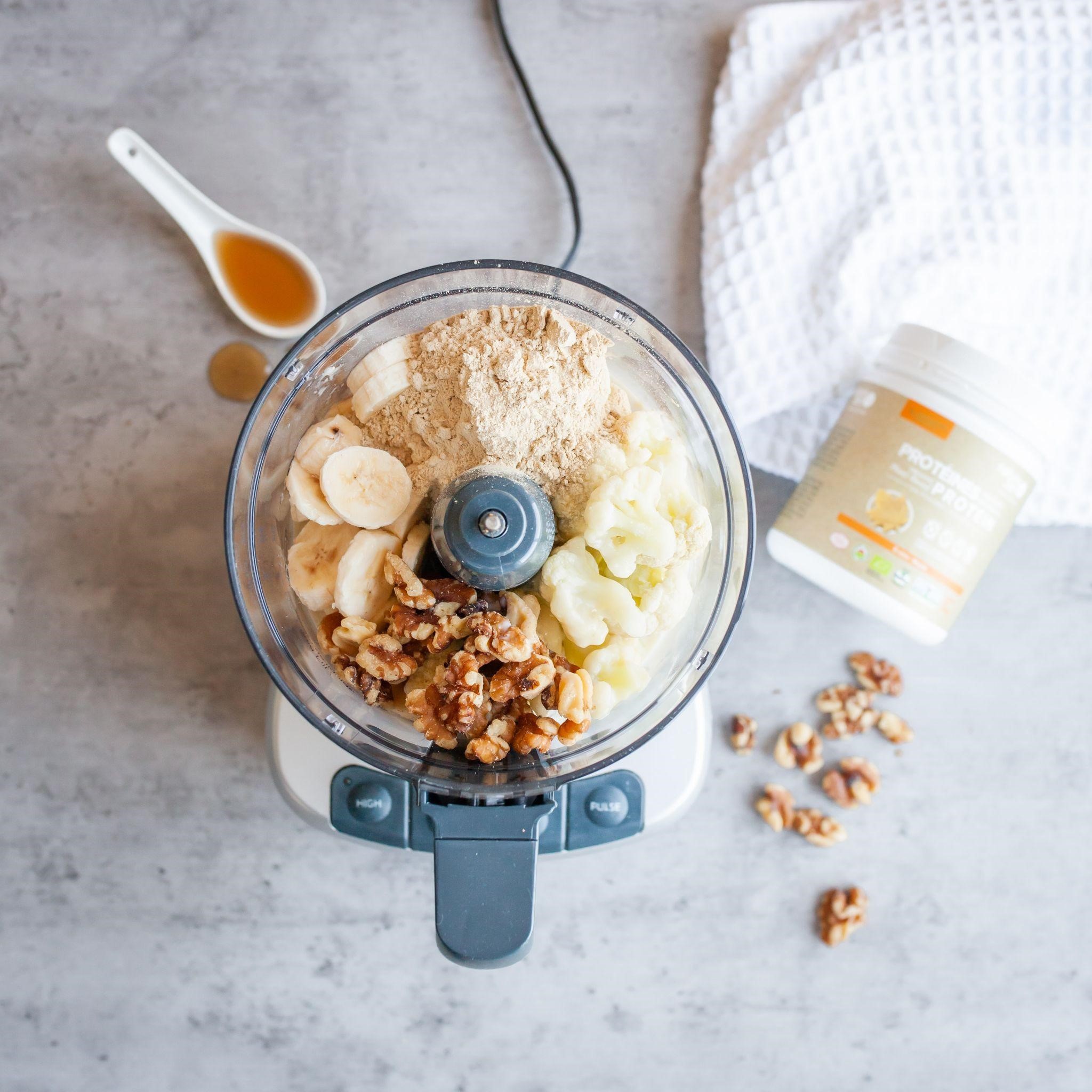Ever felt that bittersweet guilt after indulging in those delightful treats? Well, we’ve all been there. Cookies can sometimes be those sneaky calorie bombs with not much nutritional love to give.
Now, I’m not here to bring you down or lecture you on nutrition (you’re smart; you know the drill). But if you’re on the lookout for a snack-time game-changer, you’re in the right spot.
Today, I’m dishing out some of my go-to high-protein snacks that’ll not only satisfy your cravings but will also give your body the fuel it deserves. Now, you might be thinking, “Why the protein hype?” Stick around, and let’s dive into that!
The Importance Of Protein
If you’re on a quest to give your body some love, protein is your trusty sidekick! Whether you’re flexing those muscles, aiming for that weight goal, or just stepping up your fitness game, protein is ready to back you up like the ultimate BFF.
Did you know? This mighty macronutrient isn’t just for gym buffs. It’s the magic behind those luscious locks, radiant skin, sturdy bones, and, of course, those muscles you’ve been working on. And here’s the kicker: Protein’s superpowers don’t stop there.
Ever devoured a sugary snack and felt that annoying energy slump an hour later? Yep, protein’s got your back there too! A study from the Journal of Nutrition shows that a protein-rich diet can enhance metabolism, keep those hunger pangs at bay, and prevent those post-sugar crash blues.
But how much protein is enough?
Well, it’s essential to sprinkle some protein magic throughout your day. That’s right—breakfast, lunch, dinner, and even those in-between snack attacks.
Hungry for some snack-spiration?
Get ready to treat your taste buds! I’m about to unveil eight scrumptious high-protein snack recipes that I swear by. And, spoiler alert: some might even have you rethinking those carb-loaded faves.
No matter where you are in your fitness journey, there’s a treat in here with your name on it. Ready to dive into this protein-packed treasure trove?
High Protein Snack 1 – Chocolate Almond Protein Bars
Ever dreamt of a snack that’s a perfect mix of crunchy yet moist? Introducing the Chocolate Almond Protein Bars! Honestly, if there was an Oscar for homemade protein bars, these babies would be swiping the award.
Guess the best part? There is no need for a long grocery list or culinary degree! These delectable bars are a piece of cake (pun intended) with just five easy-peasy ingredients.
Now, let’s talk about taste. They’re the perfect balance of chewy and sweet. And for those flavor adventurers out there? Sprinkle in a pinch of salt or a dash of cinnamon to dance up the taste buds. But hey, you’re the chef here – make it your own!
Ingredients
- Raw almonds
- Dairy-free chocolate chips
- Maple syrup
- Rolled oats
- Vanilla protein powder
- Salt and cinnamon for taste.
View Full Recipe
High Protein Snack 2 – Almond Fudge Protein Bars
Traditional fudge? Yeah, it’s a sugar parade – filled with loads of sweeteners, condensed milk, butter, and those sneaky additives. But what if I told you there’s a healthier way to relish this treat?
Made with clean, whole ingredients, this dessert stands miles apart from those store-bought sugar traps. And guess what? It checks all the dietary boxes – no sugar, flour, butter, or oil! So, whether you’re vegan, gluten-free, keto, paleo, or just about anything, this treat’s got your back.
No more “I don’t have the time” excuses! This recipe is as simple as combining almond butter, oats, and a few other goodies. You’ll be done faster than you can say, “yum!” Just a quick tip: pop these bars in the fridge for a while before cutting. Makes things snippity-snap easy!
Ingredients
- Almond butter
- Oats—ground into flour
- Cereal
- Honey
- Vanilla extract
- Quick oats
- Chocolate chips for melting—optional.
High Protein Snack 3 – Roasted Almonds
Want to know the secret weapon in my snack arsenal? It’s none other than the humble almond. Let’s crack open why they’re an absolute treat for both your taste buds and health.
Protein Powerhouse: Just an ounce of almonds provides a whopping six grams of protein.
Nutrient Nirvana: These crunchy delights are loaded with healthy fats, vitamins, and minerals. Seriously, they’re like mini nutrition bombs.
Long-lasting & Lovable: Almonds have a fantastic shelf life, are filling, and oh-so-portable. Perfect for those on-the-go moments!
How to Perfectly Roast Almonds
- Spray your almonds lightly with oil.
- Sprinkle just a dash of salt for that savory touch.
- Pop them in the oven for 10-15 minutes. Remember: give them a gentle stir now and then to avoid any rogue burnt ones.
High Protein Snack 4 – Egg White Oatmeal
With the heart-healthy fiber from the oats combined with the lean protein from egg whites, you’re setting yourself up for a nutrient-packed start to the day.
The perfect balance of protein and fiber means you’ll feel full and satisfied, keeping those mid-morning snack cravings at bay.
Forget that image of gloopy oatmeal. Adding egg whites gives your oatmeal a light, fluffy makeover. It’s like giving your breakfast a cozy blanket to snuggle in.
Microwave Magicians: On a time crunch? No worries. This egg white oatmeal is microwave-friendly, making it perfect for those hustle-bustle mornings.
Ingredients
- Oats
- Egg whites
- Salted butter
- Water
- Pure vanilla extract
View Full Recipe
High Protein Snack 5 – Vanilla Shake
It tastes like you’re cheating on your diet, but guess what? You’re not! With less than 200 calories, this smoothie is as waistline-friendly as it gets.
If you’re on a low-carb journey, this is the treat for you. No more gazing longingly at those sugary drinks – you’ve got a better option now!
This isn’t just a pretty drink. It’s packed with protein, ensuring you’ll feel full and nourished for hours. So, it’s not just a sweet treat; it’s also a muscle treat!
Ingredients
- Vanilla protein powder
- Vanilla extract
- Cinnamon
- Sugar-free vanilla pudding
- Ice
- Butter flavor extract
- Water
View Orginal Recipe
High Protein Snack 6 – High Protein Cinnamon Cake Bars
With a whopping 20+ grams of protein per serving, this recipe tops the charts! Whether you’re post-workout or just need an afternoon pick-me-up, these bars have got your back.
These bars aren’t just good for you – they’re downright delicious. Imagine the rich, delightful taste of coffee cake packed into a bar you can take on-the-go. Sounds dreamy, right?
What’s more?
If you’re monitoring your carb intake, these bars are your best bet. Plus, say goodbye to those artificial nasties. Our bars are clean, using only wholesome ingredients.
Ingredients
- Oat Flour
- Buckwheat flour
- Baking powder
- Vanilla whey protein powder
- Egg
- Almond milk
- Unsweetened applesauce
- Vanilla extract
- Plain Greek yogurt
- Turbinado sugar
- Salt
- Cinnamon and stevia, set aside.
View Original Recipe
High Protein Snack 7 – Chia Pudding
Move over, milk! Chia seeds boast more calcium, making them a fantastic option for bone health.
Thought salmon was the king of omega-3s? Think again! These tiny seeds pack a punch with even more essential fatty acids.
With more antioxidants than those nutrient-rich blueberries, chia seeds are a fantastic choice for combating free radicals and aging.
…And that’s just scratching the surface!
My favorite way to consume chia seeds? In a scrumptiously simple Chia Pudding! Not only is it gluten-free and uber-easy to make, but it’s also an incredible protein source.
Here’s How to Whip It Up:
- Blend your preferred protein powder, chia seeds, a ripe banana, and your choice of milk.
- Let it sit and watch the magic happen as it turns into a creamy pudding!
- Fancy a crunch? Add some granola.
For the morning rush, prepare it the night before and grab it as your on-the-go breakfast. It’s also a delightful, energy-boosting afternoon snack.
Garnish with frozen berries and crunchy almonds for a burst of flavor and added nutrition.
High Protein Snack 8 – Honey Nut Energy Bites
From protein and fiber to essential nutrients, these energy bites are little morsels of healthful goodness.
Whether you’re vegan, lactose intolerant, or gluten-sensitive, these bites have got you covered. Dairy-free, gluten-free, and entirely vegan, they’re a treat for all!
Need that burst of energy before hitting the gym? Looking for a midday snack to chase away the hunger blues? Or perhaps a guilt-free dessert after dinner? These bites fit the bill every time.
Ingredients
- Almond meal
- Raw cashews
- Raw pistachios
- Unsweetened protein powder
- Honey
- Almond butter
- Vanilla extract—optional.
View Full Recipe
High Protein Snack 9 – Roasted Chickpeas
These little legumes are bursting with approximately five grams of plant-based protein per serving. Vegans and vegetarians, take note!
Chickpeas don’t just stop at protein; they’re also rich in fiber, keeping your digestive system happy and healthy.
Renowned for their impressive nutrient profile, chickpeas bring forth folate, zinc, and a wealth of other essential nutrients.
Research even suggests that a daily serving of pulses like chickpeas can wage war against LDL cholesterol, the not-so-friendly type.
Ingredients
- Garbanzo beans drained and rinsed
- Olive oil
- Garlic powder
- Onion powder
View Full Recipe
Ingredients
- Cocoa powder
- Protein powder
- Vanilla
- Chia seeds
- Ripe banana
- Unsweetened almond milk
- Chopped almonds and frozen berries—optional toppings.
View Full Recipe
High Protein Snack 10 – High Protein Oatmeal Cookies
These cookies are like a dream for your taste buds. They capture all the wonderful flavors of classic oatmeal raisin cookies but come with a remarkable twist – extra protein power!
The following recipe leans on natural sweetness, courtesy of fruits, to bring you a cookie that’s super nutritious and low on the guilt factor.
Each bite packs a punch of protein, making these cookies perfect for those looking to fuel their bodies while enjoying a delightful treat.
Ingredients
- Rolled oats
- Vanilla protein powder
- Baking soda
- Baking powder
- Unsweetened applesauce
- Egg white
- Raisins
- Chopped walnuts
- Dried cranberries
- Nutmeg
- Salt and cinnamon for taste.
View Full Recipe
High Protein Snack 11 – Grain-Free Protein Peanut Butter Cookies
Grain-Free Protein Peanut Butter Cookies are cookies are designed to fuel your body with the goodness of protein and fiber, giving you a satisfying snack without the sugar overload.
Made with creamy peanut butter, these cookies are a nutty delight that’ll have you reaching for more. Plus, they’re dairy-free and gluten-free, making them suitable for a variety of dietary preferences.
Short on time? No problem! You can whip up these delectable cookies in 15 minutes or less, from start to finish. It’s a hassle-free way to indulge in your cookie cravings.
Ingredients
- Peanut butter
- Maple syrup
- Egg
- Coconut flour
- Baking soda
- Salt
PS: Dried fruit and choco chips are the combo for these cookies!
View Full Recipe
High Protein Snack 12 – Flourless Almond Butter Chip Cookies
With just five simple ingredients and no more than 10 minutes of prep time, you’ll have warm, chewy cookies ready to devour. We’ve stripped away the flour and butter, leaving you with pure cookie magic!
These cookies are rich in flavor, thanks to the creamy goodness of almond butter. Say goodbye to traditional flours and hello to the nutty, satisfying taste of almonds.
Gluten-conscious? No worries! These cookies are completely flourless, making them a delightful choice for those with dietary restrictions or anyone who simply loves cookies!!
Ingredients
- Creamy almond butter
- Brow sugar
- Large egg
- Vanilla extract
- Chocolate chips
- Dark brown sugar
- Sea salt—for taste.
View Full Recipe
High Protein Snack 13 – Flourless Protein Brownies
These brownies are the perfect blend of indulgence and nutrition. Imagine biting into a fudgy, chocolatey square of heaven that’s actually good for you. That’s the magic of our Flourless Protein Brownies!
No matter what dietary path you’re on, these brownies are your perfect sweet companion. They’re gluten-free, protein-packed, and oh-so-satisfying. Keto, paleo, or just watching your carbs? You’re covered!
Ingredients
- Extra ripe banana
- Chocolate protein powder
- Unsweetened cocoa powder
- Almond butter
View Full Recipe
High Protein Snack 14 – Apple With Peanut Butter
Peanut butter lovers, this one’s for you! That creamy, nutty goodness is more than just a tasty treat. It’s packed with approximately 7 grams of protein per tablespoon, making it a smart choice for those looking to up their protein intake.
Did you know that peanut butter has been shown to increase HDL (the “good”) cholesterol while reducing LDL (the “bad”) cholesterol and triglycerides? It’s not just delicious; it’s heart-smart too!
Pair that peanut butter with apple slices, and you’ve got yourself a snack that’s both satisfying and nutritious. Apples are a fantastic source of dietary fiber and antioxidants. They support gut health and help protect you from various diseases.
Creating this delectable snack is a breeze. Grab your favorite apple, slice it up however you like, and then crown those apple slices with a generous tablespoon of all-natural peanut butter. Opt for a brand that skips the artificial sugars and hydrogenated oils for a cleaner, healthier snack.
Ingredients
- Apple
- Peanut butter
- Salt and cinnamon—optional
High Protein Snack 15 – Chocolate Peanut Butter Protein Bars
These bars are all about quality ingredients. Think creamy peanut butter, hearty oats, and more. The best part? They’re dairy-free, keto-friendly, vegan, and totally oil-free. That means they fit a variety of diets and preferences, making them a versatile snack choice.
Sure, you could head to the store and grab pre-packaged protein bars, but why bother when you can create your own? Homemade bars not only taste better, but they also allow you to control what goes into them. No hidden additives or mystery ingredients—just pure, wholesome goodness.
You won’t need to spend hours in the kitchen to enjoy these delights. The recipe is designed to be super efficient, so you can whip up a batch in no time. Perfect for those moments when you need a healthy snack on the go or want to satisfy your sweet tooth with something nutritious.
Ingredients
- Old fashioned rolled oats
- Chocolate whey protein powder
- Quick Oats
- Peanut butter
- Organic brown rice
- Non-dairy chocolate chips
View Full Recipe
High Protein Snack 16 – No-Bake Quinoa Peanut Butter Crunch Cups
While most plant-based foods struggle to offer complete protein, quinoa swoops in as a superhero of the seed world! Just a quarter-cup of quinoa boasts an impressive six grams of protein.
But that’s not all; it’s also gluten-free and loaded with essential nutrients like Vitamin B, calcium, and magnesium.
These cups are incredibly versatile. Whether you’re rushing out the door in the morning or in need of an energy boost during the day, they’ve got you covered.
With the protein punch from quinoa and the delightful taste of peanut butter, you can enjoy a wholesome treat that’s as satisfying as it is nutritious.
Ingredients
- Puffed quinoa
- Peanut butter
- Coconut butter
- Coconut oil
- Vanilla extract
- Maple syrup – optional
View Full Recipe
High Protein Snack 17 – Greek Yogurt
Greek yogurt takes snacking to a whole new level with its impressive protein content. Depending on the brand, you can enjoy a generous 15 to 20 grams of protein in just one cup. That’s more protein than you’d find in regular yogurt!
What sets Greek yogurt apart? Its thick and creamy texture not only makes it incredibly satisfying but also keeps you feeling full for longer. No more mid-morning hunger pangs or afternoon slumps!
Greek yogurt boasts a naturally rich and creamy taste, so there’s no need to add extra sugar. If you’re watching your sugar intake, Greek yogurt is a fantastic choice.
Ingredients
- Greek yogurt
- Fruit of your choice (berries, peach, apple)_
- Granola of your choice
- Honey
High Protein Snack 18 – Peanut Butter Banana Muffin
If you’re a fan of the classic combo of bananas and peanut butter, prepare your taste buds for a delightful experience like no other.
First things first, these muffins are on a mission to bring you wholesome snacking joy. They proudly stand as grain-free champions, making them perfect for those who seek healthier alternatives.
Here’s the sweet deal: these muffins are naturally sweetened, so there’s no need for added sugar. You can indulge in their delightful sweetness without any guilt.
Say goodbye to unnecessary additives and processed flours. These muffins are all about pure, clean goodness. No junk ingredients are allowed in this muffin party!
Ingredients
- Natural Peanut Butter
- Eggs
- Honey
- Very ripe bananas
- Vanilla
- Baking soda
- Toppings of your choice—dark chocolate chips, raisins, coconut, etc.
View Full Recipe
High Protein Snack 19 – Cheese
Cheese is like a treasure trove of essential nutrients. It’s not just about taste; it’s about what it brings to the table. In addition to being a protein powerhouse, cheese is loaded with calcium, selenium, phosphorus, and a host of other vital nutrients. It’s like nature’s multivitamin!
Ever heard of cheese helping with weight management? Believe it or not, studies have shown that calorie intake in overweight individuals decreased by approximately 10 percent after consuming cheese. So, if you’re on a dieting journey, cheese might just become your best buddy!
Now, here’s the scoop: not all cheeses are created equal when it comes to protein content. Parmesan cheese takes the crown with roughly 10 grams of protein per ounce. But don’t worry, there’s a variety of protein-rich cheeses to choose from, including cheddar, mozzarella, Brie, Gouda, Swiss, and blue cheese.


